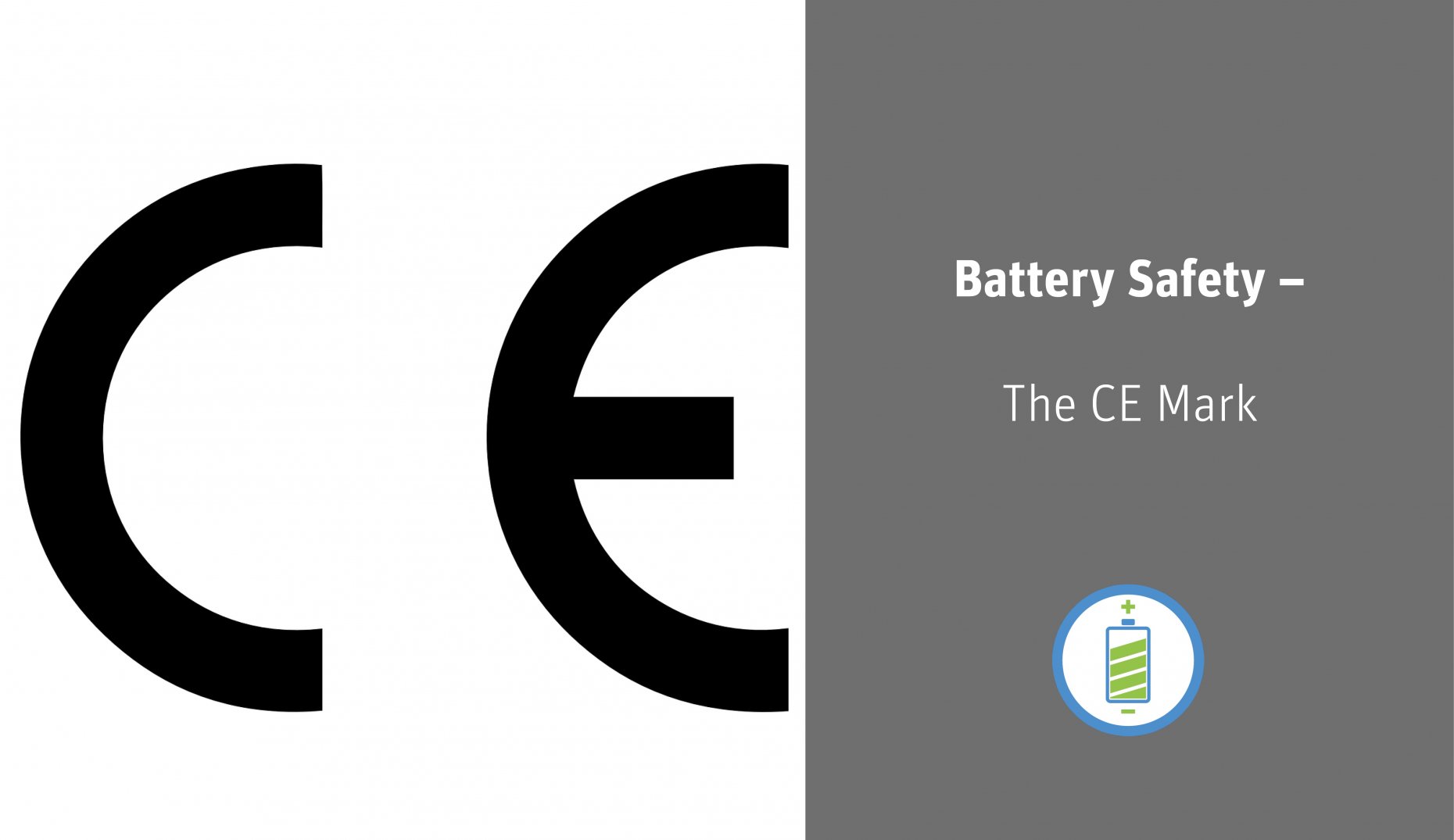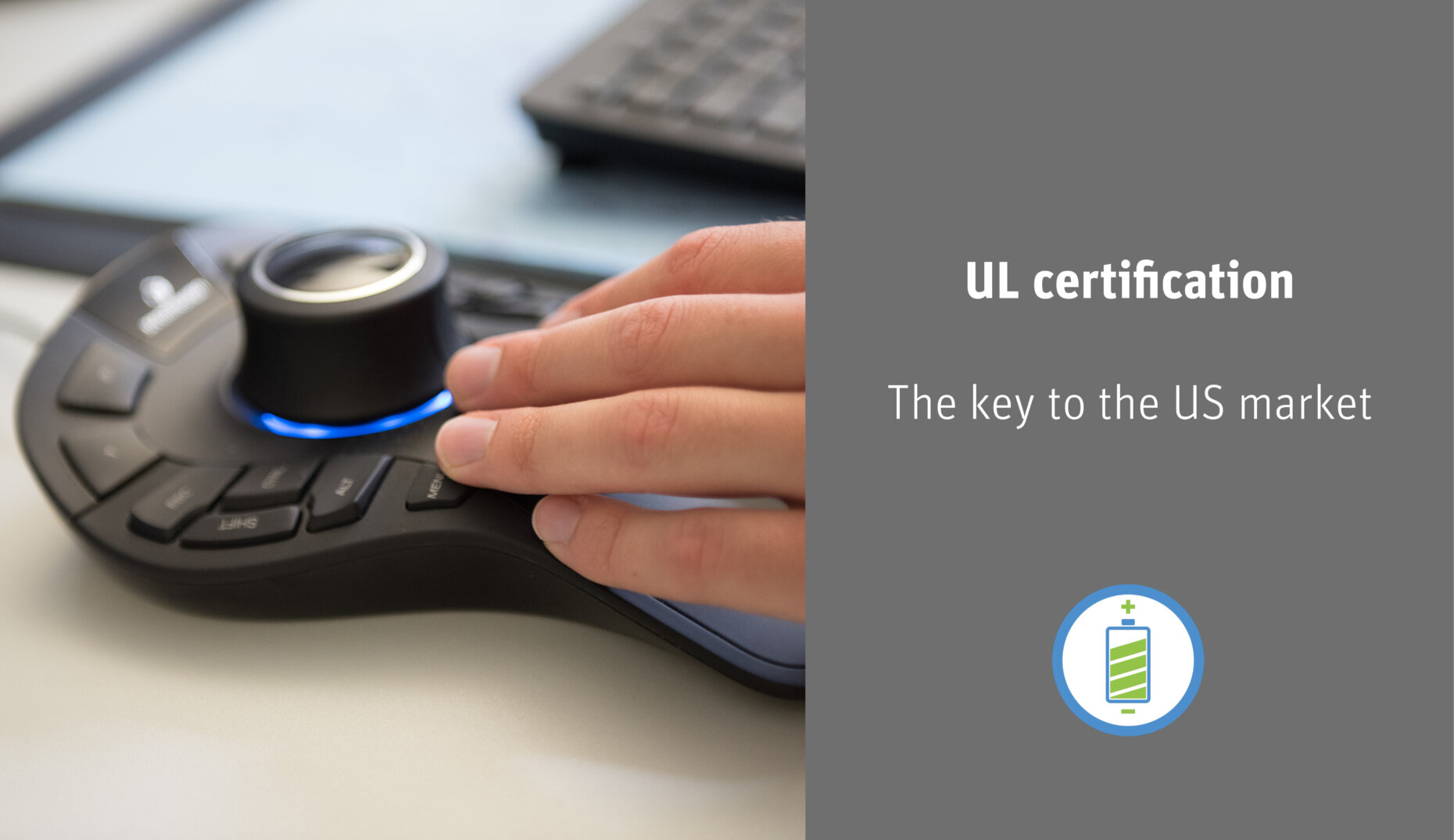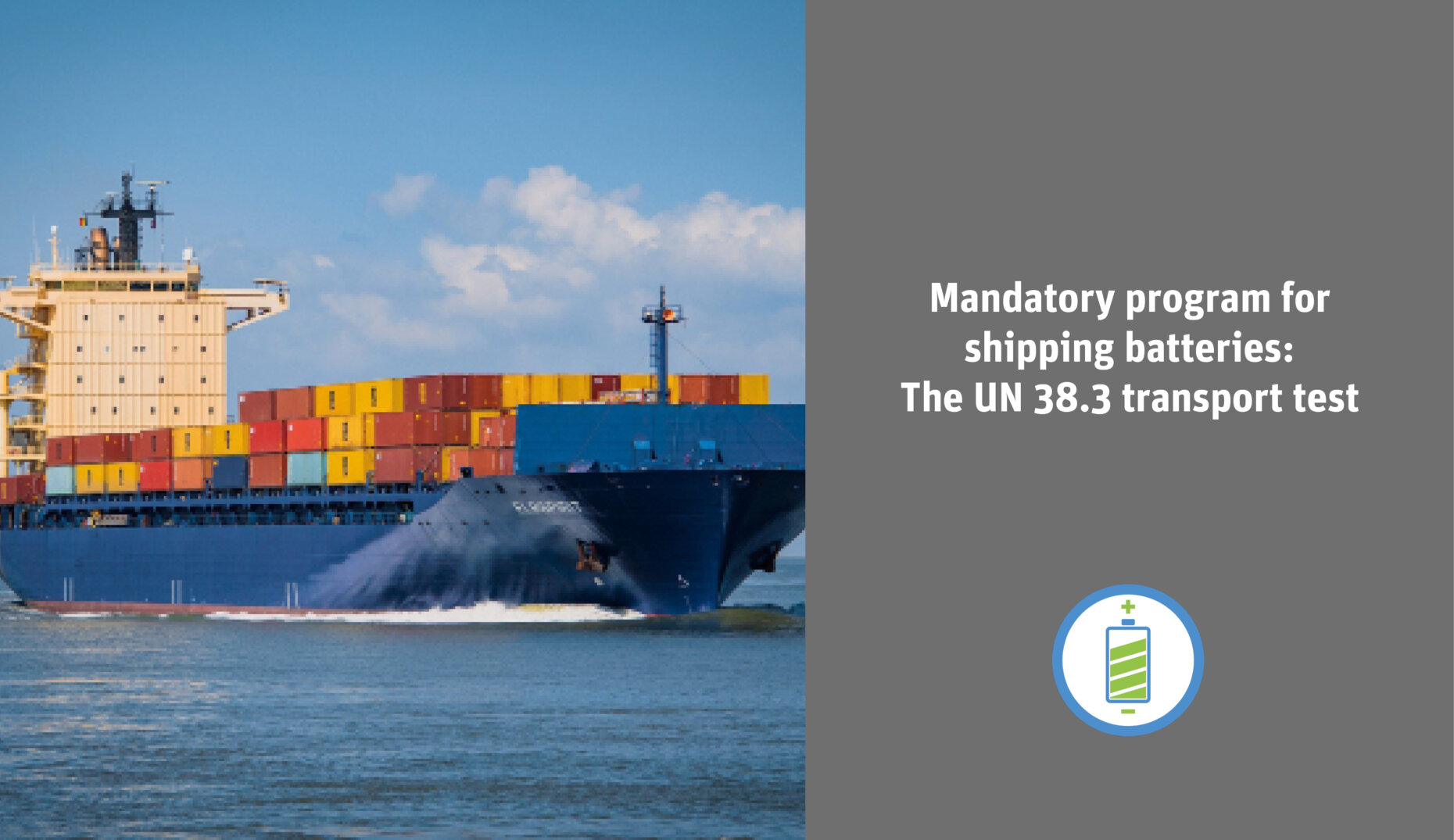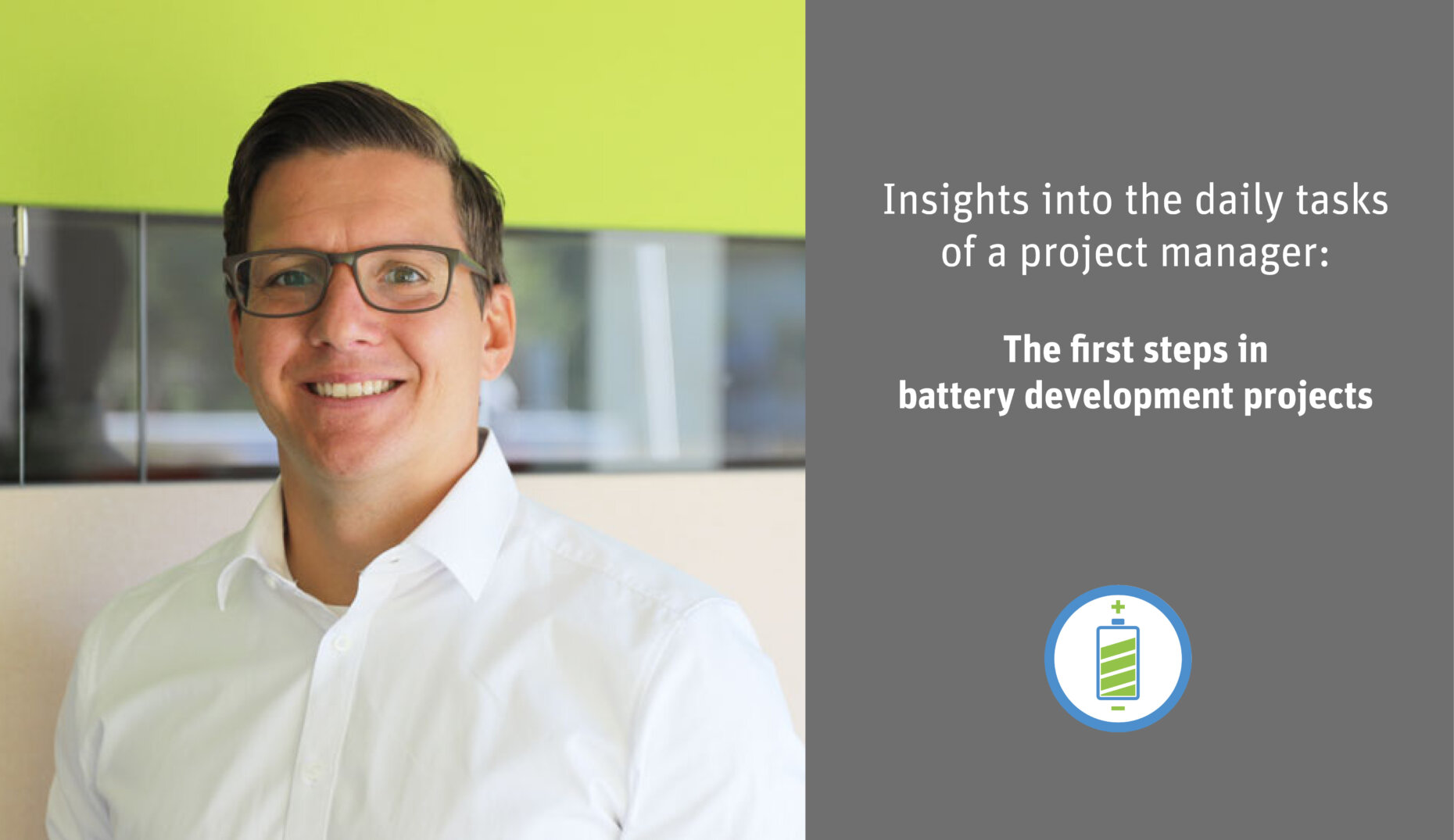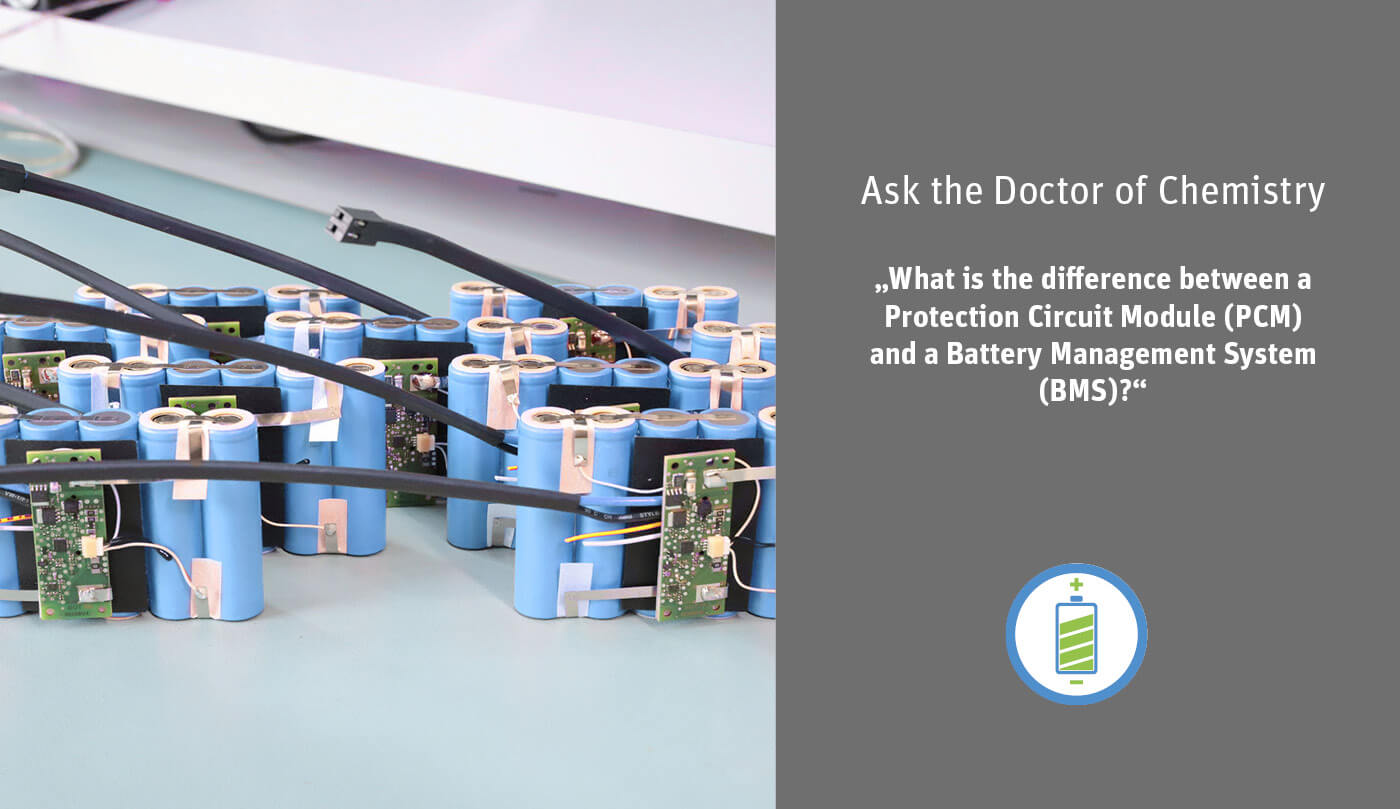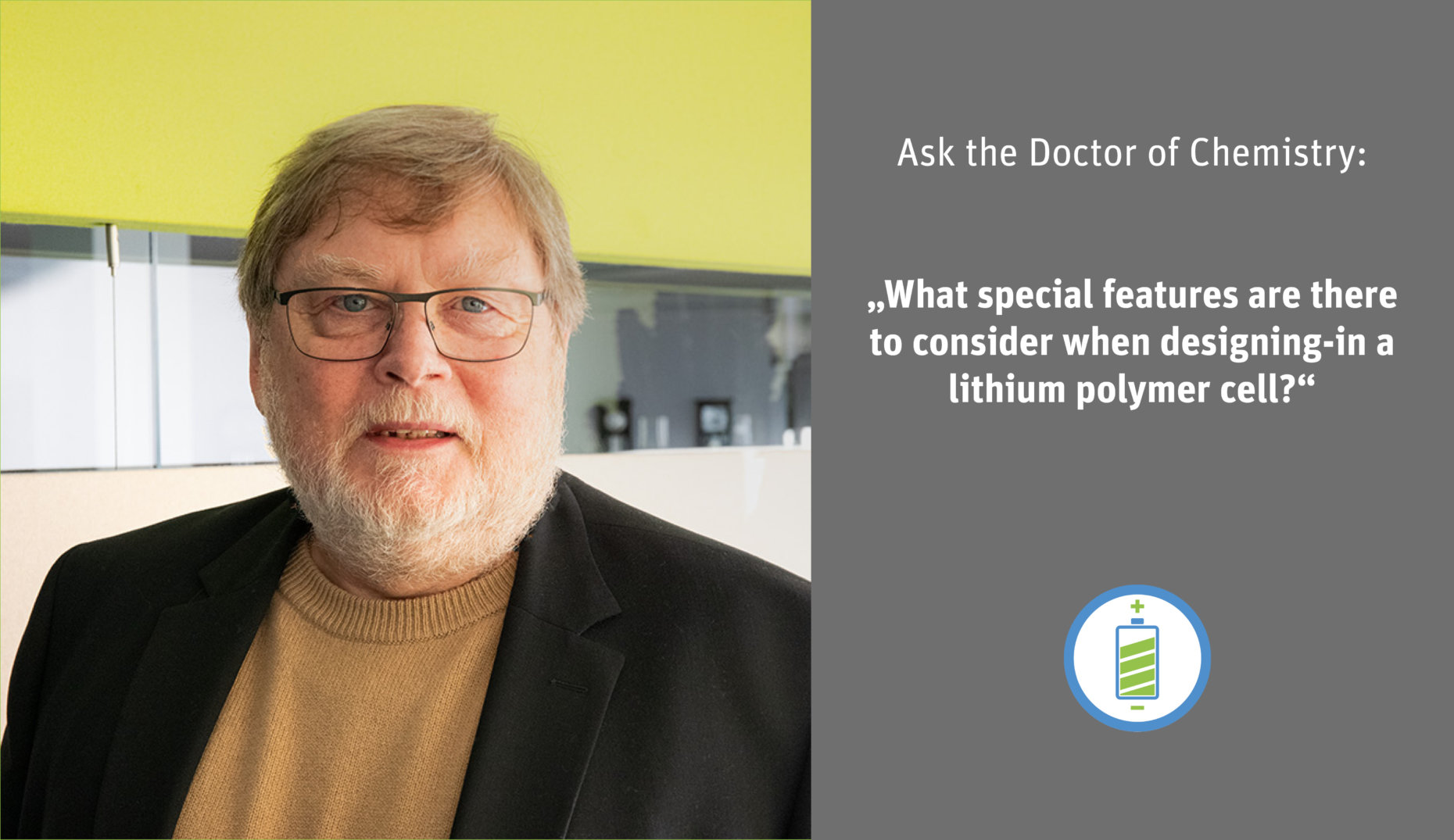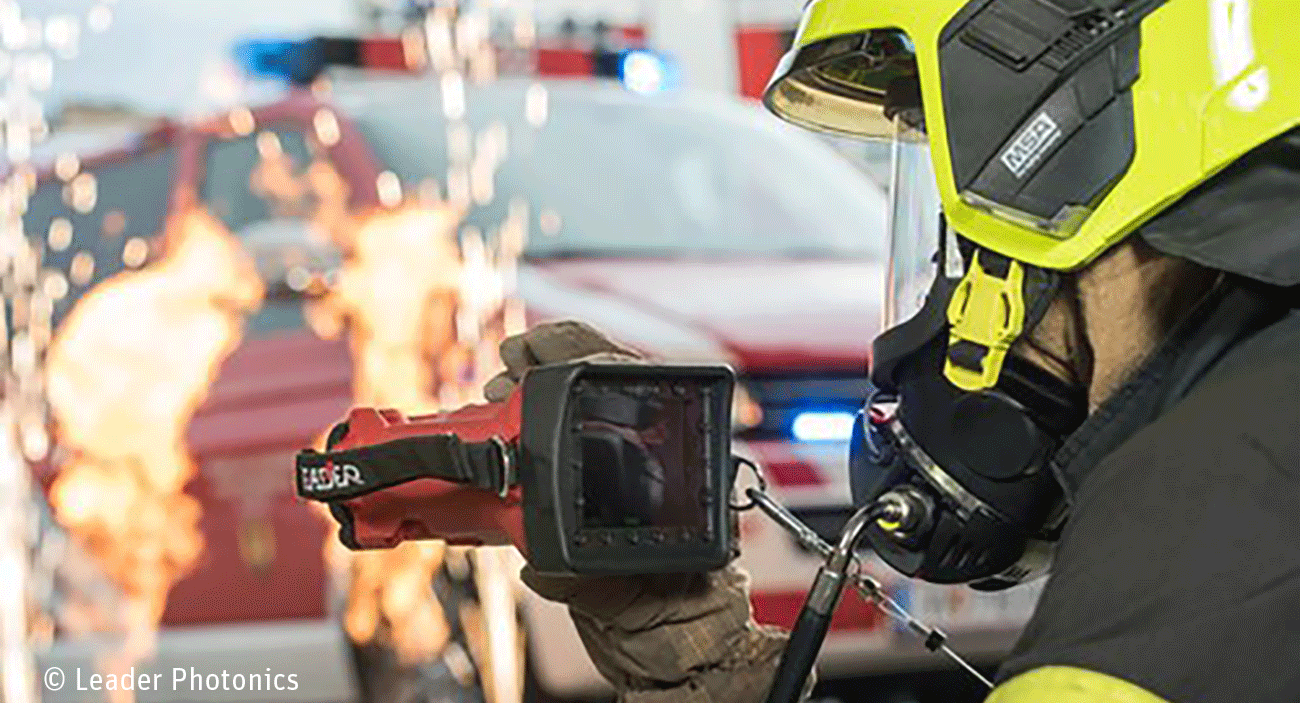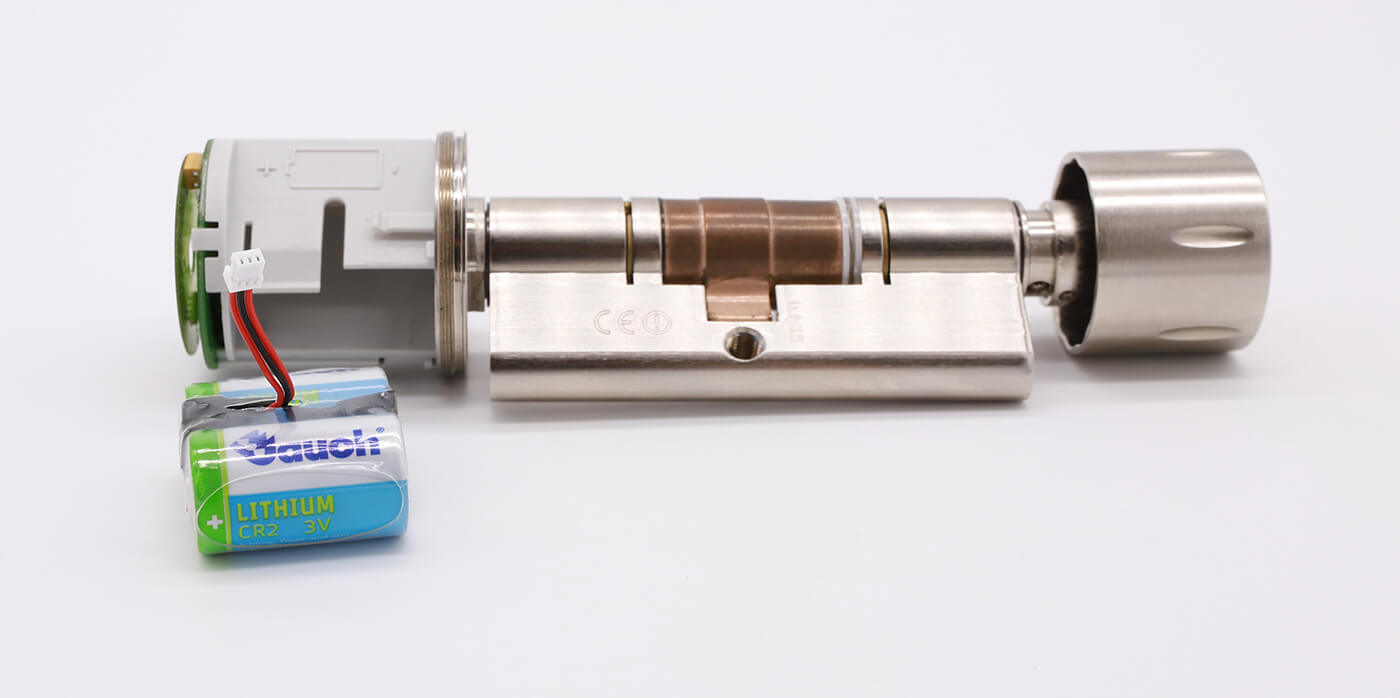Battery Safety – The CE Mark
In the development of battery packs, the focus is often only on technical development. However, this alone does not go far enough. After all, new batteries require various certifications so that they can be placed on the market in compliance with the law. Worldwide, there is a multitude of different rules and regulations concerning the
- Published in Battery Technology
IEC certification – A common denominator for all continents
The standards of the International Electrotechnical Commission (IEC) are among the most important groups of standards for the certification and safety of electronic products. They include both cells and batteries and span primary cells, secondary cells, battery packs and portable device batteries. In addition to the requirements for the devices and central rules for the
- Published in Battery Technology
UL certification – the key to the US market
For market access in the USA, a so-called NRTL test mark is required for many products. As NRTL does not have its own test mark, test laboratories are accredited accordingly and their test marks are then recognised as NRTL test marks. The most important test mark on the US market comes from Underwriter Laboratories (UL).
- Published in Battery Technology
Mandatory program for shipping batteries: the UN 38.3 transport test
There are various certifications that are relevant when dealing with batteries. On the one hand, this includes the UN38.3 transport test, which concerns the transport safety of lithium batteries. This test is a must as soon as batteries are shipped. On the other hand, there are certifications that, although not mandatory, confirm the safety of
- Published in Battery Technology
Insights into the daily tasks of a project manager: The first steps in battery development projects
In the consumer sector, the decision for the right battery is made quickly. There are standard batteries which fit in consumer applications. However, in the industrial or medical technology sector, the situation is different. For these applications, “off-the-shelf” batteries are often not suitable. There are special requirements concerning safety or space. The solution: individually developed
- Published in Battery Technology
What is the difference between a Protection Circuit Module (PCM) and a Battery Management System (BMS)?
When developing battery packs, the question arises as to which safety system the pack should be equipped with. Is a Protection Circuit Module (PCM) sufficient? Or should a Battery Management System (BMS) be integrated? What are the differences between the mechanisms? And what advantages and functions does which protection mechanism offer? The answer here, as
- Published in Battery Technology
What actually happens when lithium batteries are over-charged or deep discharged?
Charging Process: Lithium-batteries are charged with constant current until a voltage of 4.2 V is reached at the cells. Next, the voltage is kept constant, and charging continues for a certain time. The charger then switches off further charging either after a preset time or when a minimum current is reached. In the rare event
- Published in Battery Technology
What special features are there to consider when designing-in a lithium polymer cell?
What special features are there to consider when designing-in a lithium polymer cell? An important point, according to battery expert Dr Jürgen Heydecke, is certainly the so-called “swelling”, the natural swelling of a lithium polymer cell in a fully charged state and over cycles. A fully charged cell is thicker than a discharged one. During
- Published in Battery Technology
Customer Success Story: Thermal Imaging Cameras for Firefighters – A Robust Lithium Iron Phosphate Battery Pack for Leader Photonics
Everybody knows the emergency number for the fire department. And probably everyone hopes they are never forced to dial it. But in fact, this happens more often than you might think. This is shown by current statistics from the German Fire Brigade Association. According to these, the fire department was called out around 700 times
- Published in Battery Technology, Customer Success Stories


 Deutsch
Deutsch 